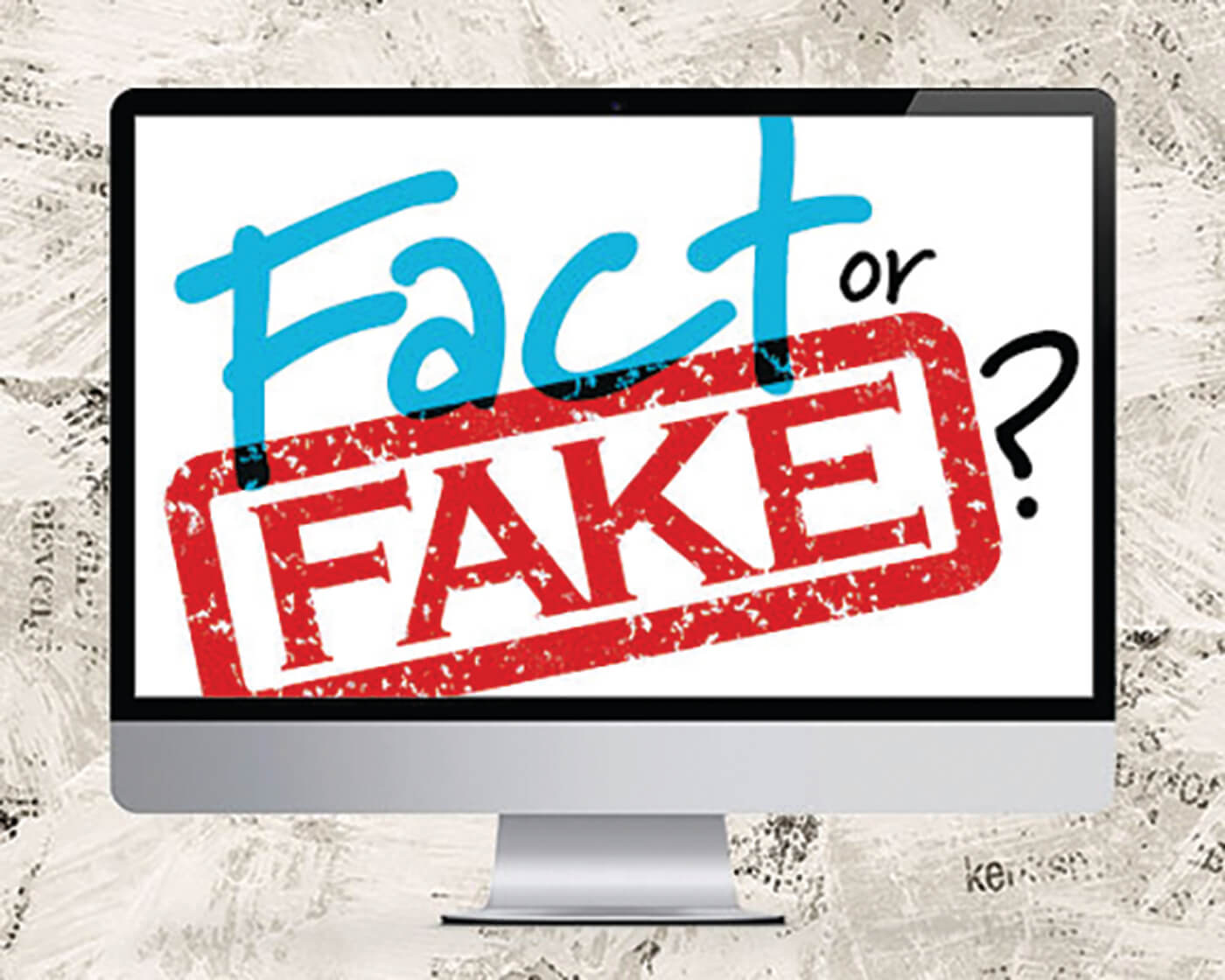The Fog of War Social Media Style
October 27, 2023
It is so hard to know what information is true and what is not true in 2023. During a time of crisis, it is especially difficult. Since the heinous attack on civilians in Israel, social media has been jammed with misinformation, rumors and lies. This makes it very hard for people seeking critical, real-time information.
Sadly, social media platforms have become the unverified place most people get their news nowadays. According to an NPR report by Shannon Bond, during the initial attack in Israel there was a void of information. This always creates a lot of confusion in such a disorienting environment. Bond reports Moustafa Ayed, an executive director at the Institute for Strategic Dialogue, said, “This is propaganda 101. You flood the gap, especially in those early hours, with content that suggests a certain narrative, whether it’s the strength of one faction over another, whether it’s the strength of one state over another, and try to get ahead of the curve.”
“All of these actors, of course, will be squarely focused on the war and how they can twist perception of the war to benefit their objectives,” said Emerson Brooking, resident senior fellow at the Atlantic Council’s Digital Forensic Research Lab, according to Bond.
Rampant Misinformation
A video showing Israelis faking the death of a child was shared on social media to manipulate the media amid the present conflict with Hamas. It turns out that particular piece of video is behind-the-scenes footage from a Palestinian film called “Empty Place,” directed by Awni Eshtaiwe, a Palestine-based filmmaker, in April of 2022.
On the other hand, gruesome and heartbreaking photos from the attack at the Kfar Aza Kibbutz of a butchered baby and a baby burnt to black charcoal have been verified. An effort to preserve the dignity of the dead and the feelings of their families make photos of the attack at the Kibbutz difficult to find online, but independent journalists have verified the brutality of what took place there.
Once the public was informed of what happened at the Kibbutz, there was a flurry of social media posts asserting the reports and photos were Israeli propaganda…completely false. That is why you saw so many of the Hamas supporters at rallies here in the United States screaming that no children were killed by the attackers.
In other posts Bond reports, “One viral video claims to show a Hamas fighter shooting down an Israeli helicopter — but it’s a clip from the video game, Arma 3. Fake accounts posing as a BBC journalist and the Jerusalem Post newspaper spread false information widely before being suspended by X (formerly known as Twitter).”
The chaos created on social media is confusing and dangerous. It can incite reactions that may become deadly.
Is There A Solution?
This is a tricky question. First of all, social media can be a lifesaver! Think of the times we have lost our communication systems here in Topanga and how valuable social media has been in letting us know conditions. On the other hand, misinformation can be so dangerous. The European Union has taken big steps to manage this problem.
Brian Fung and Claire Duffy of CNN report that “large tech platforms are now subject to content-related regulation under a new EU law called the Digital Services Act, which requires them to prevent the spread of misinformation and disinformation, address rabbit holes of algorithmically-recommended content and avoid possible harms to user mental health. But in such a contentious moment, platforms that take too heavy a hand in moderation could risk backlash and accusations of bias from users.”
Steps You Can Learn To Take
Debunking fake news can be time consuming. One quick way to check a story is to use a fact checking service. Factcheck.org, Snopes.com, Conservativefactcheck.org or Politifact.com usually cover the viral posts. It’s best to check a couple of them.
It is important to ascertain the originality of pictures and videos; has a picture been repurposed or used before? Reverse image* search platforms are simple to use and can quickly help uncover previous uses of an image online.
Consider the source of the post. Are they anonymous or real? Geolocation programs can tell you if the picture or video was taken at a different place than asserted. Chronolocation programs can tell you when the images were made.
You can learn online how to investigate a social media post at Bellingcat.com’s “A Beginner’s Guide to Social Media Verification.” It’s a good critical thinking skill to teach your kids.
One good rule: don’t forward information that you have not verified, especially if it fits your biases. You might dislike a politician or an idea or a group, but information on social media may be entirely false, even if you don’t want it to be. You don’t want to spread disinformation and chaos. There is enough of that already.
Pray for peace.
Vamos a ver!
*Editor’s Note: For those who are not familiar with the term “Reverse Image search,” Wikipedia defines it as “a content-based image retrieval (CBIR) query technique,” in this case, “to discover manipulated versions and derivative works.”
What is the difference between “disinformation” and “misinformation?” Disinformation is “false information deliberately spread to deceive people… and to mislead public opinion.” Misinformation “refers to inaccuracies that stem from inadvertent error.” (Wikipedia.org)









